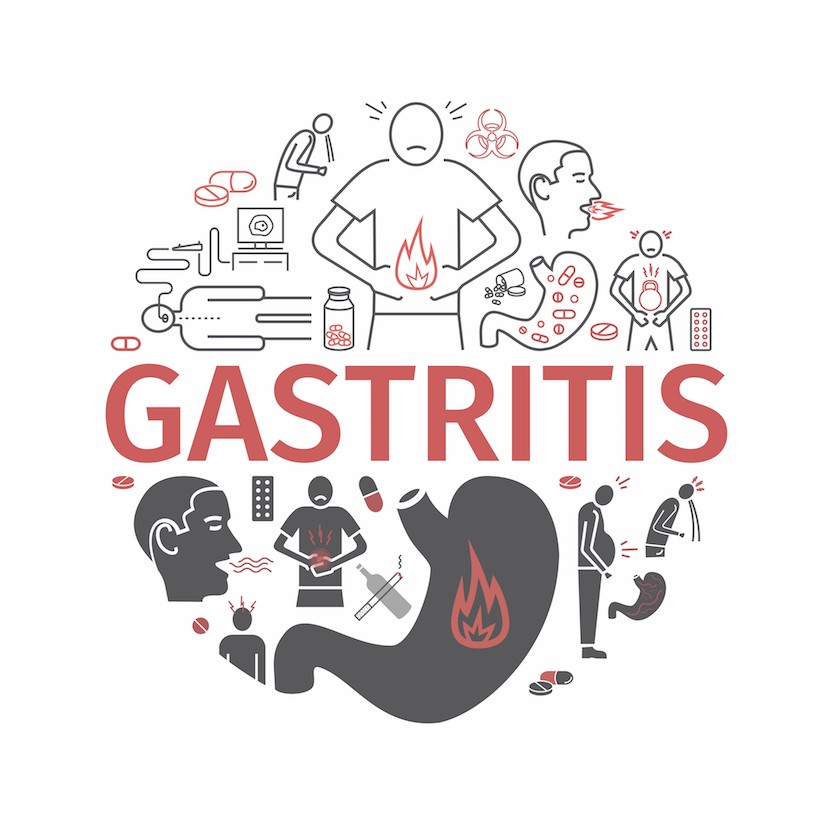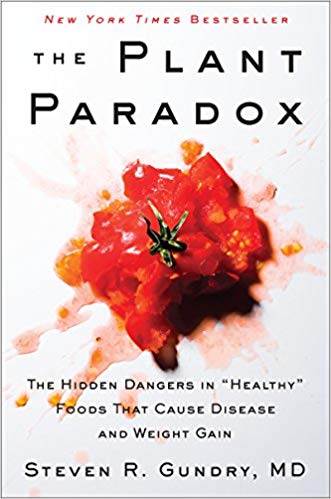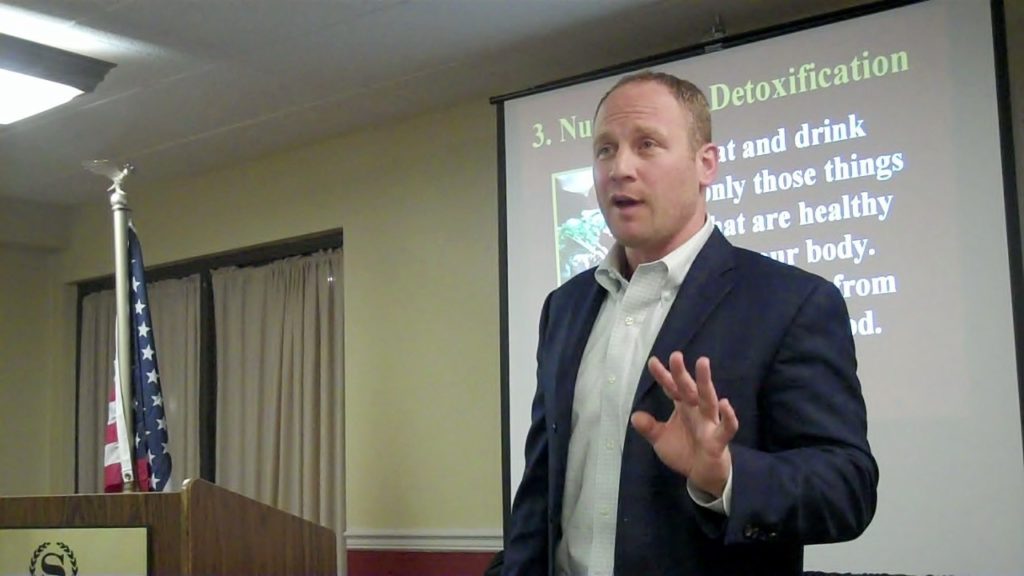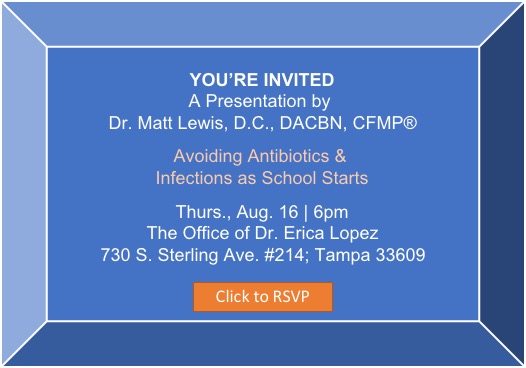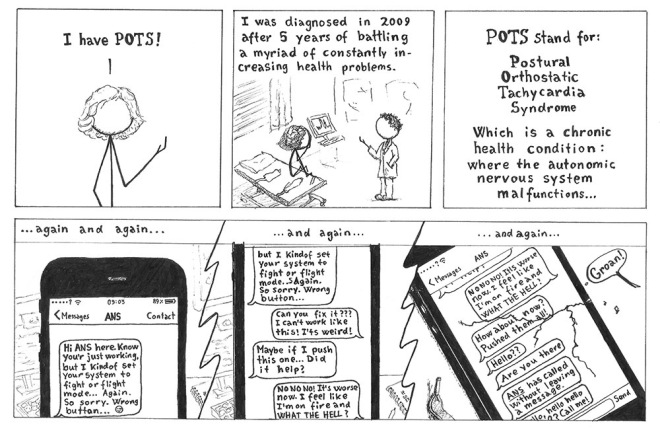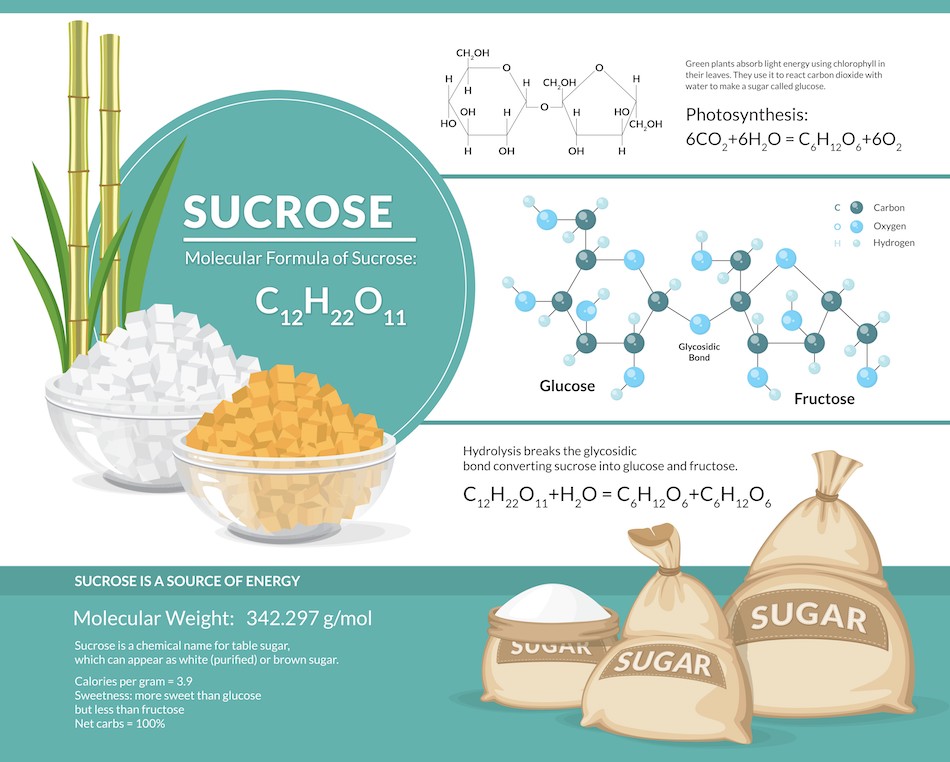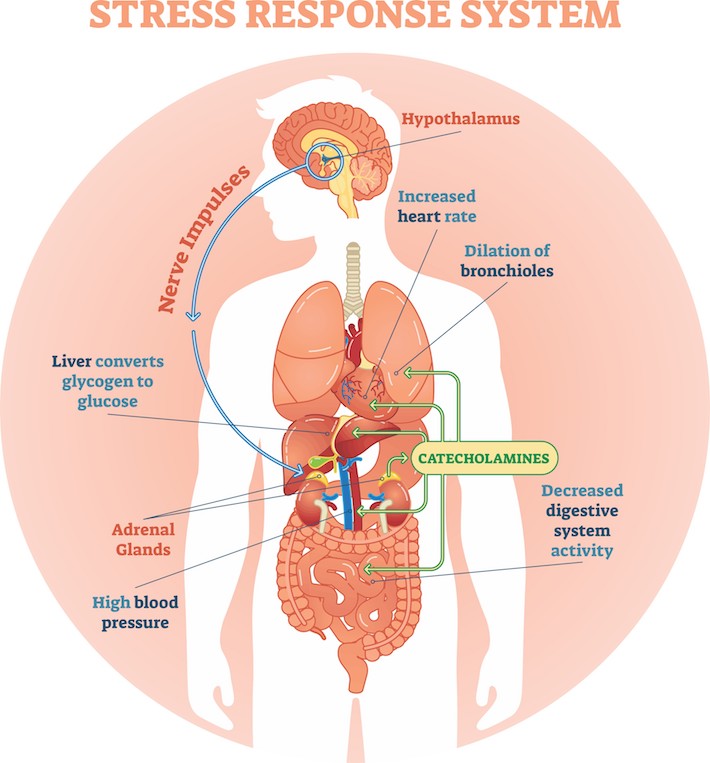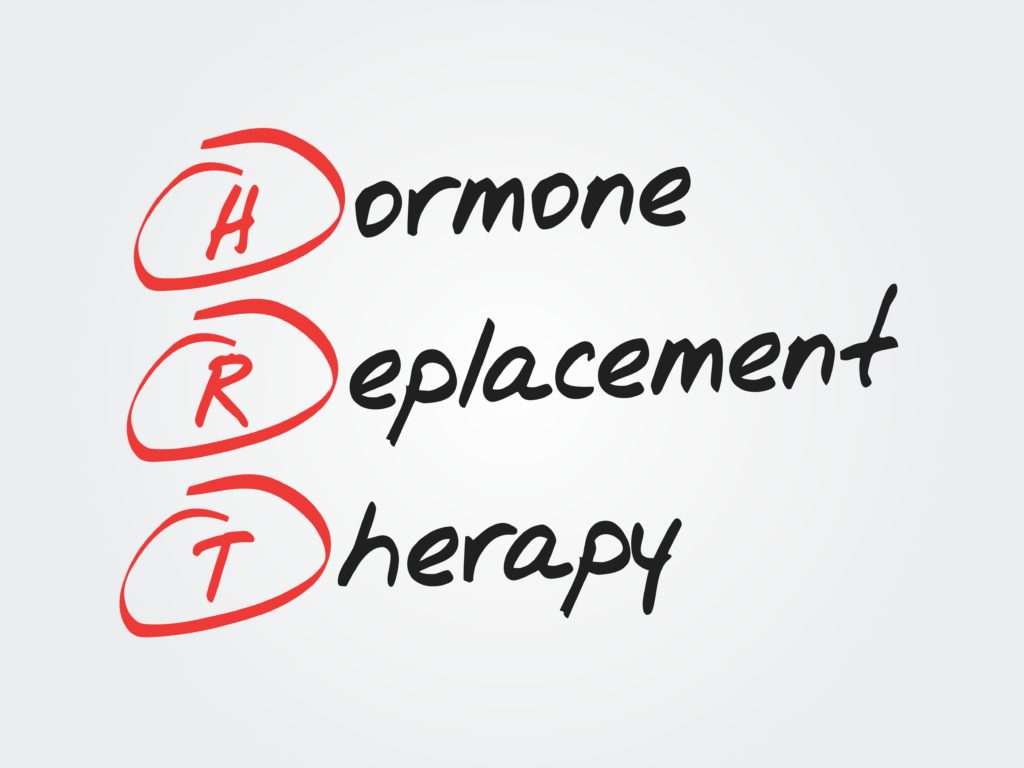Mold, It’s Usually NOT Allergy – It’s A Biotoxin Illness Named CIRS
It’s been a few months since I have updated my blog. So, where was I?
It’s been a challenge to write while balancing my Tampa Functional Medicine practice, family life, and studying. I figured all that out, sort of! I am happy to be back to writing!
The purpose of my blog is to educate health care consumers on a range of health care topics, and most importantly help you to find the root cause of your health concerns. Since starting my blog, I am happy to say there are many patients who have reached out for more information in a one on one setting.
Besides that, what has really left me busy in the last few months….I have been in the “hole” reading through a borage of papers and books concerning CIRS-Chronic Inflammatory Response Syndrome. Over the last four years I have been engaged in testing patients for CIRS- mostly due to mold (more accurately, exposures to biotoxins in water damaged buildings) and Lyme biotoxin. I decided to take the plunge to learn the Shoemaker Protocol for CIRS- biotoxin illness through Dr. Ritchie Shoemaker and I am currently in the certification process.
In January 2019, I attended the Continue reading…



